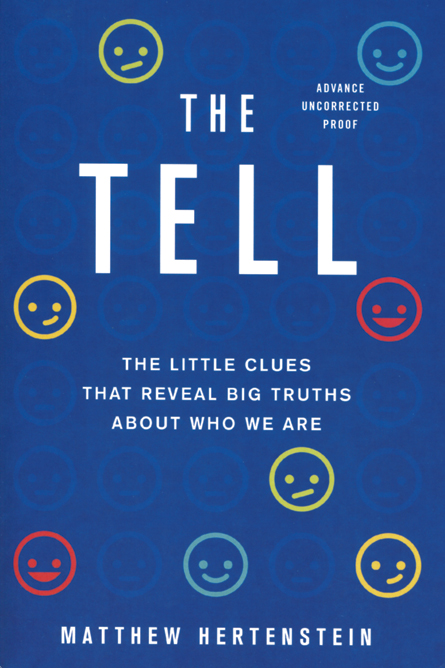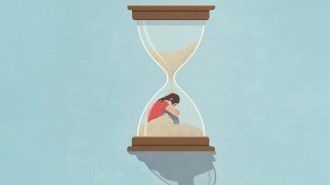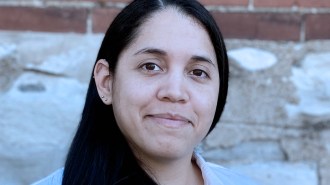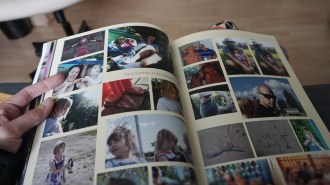The Tell
The Little Clues That Reveal Big Truths About Who We Are by Matthew Hertenstein
 While most people think they’re good at spotting liars, the truth may come as a surprise. The vast majority can detect a lie only 54 percent of the time (barely better than flipping a coin). A tiny percentage, maybe one in 1,000 people, can discern a lie more than 80 percent of the time. These “truth wizards” are exceptionally keen at reading a person’s facial expressions and body language, among other clues.
While most people think they’re good at spotting liars, the truth may come as a surprise. The vast majority can detect a lie only 54 percent of the time (barely better than flipping a coin). A tiny percentage, maybe one in 1,000 people, can discern a lie more than 80 percent of the time. These “truth wizards” are exceptionally keen at reading a person’s facial expressions and body language, among other clues.Hertenstein, a psychologist, chronicles research into what such nonverbal cues can reveal about a person. The book’s title alludes to a poker player’s term for a mannerism that can provide clues about an opponent’s cards (SN: 10/19/13, p. 8). Research suggests that even brief observations of another person’s “tells” can offer keen insights into their personality, on-the-job success and even whether their marriage is likely to survive a rough spot.
Hertenstein makes the case that tells are revealing at all ages and in many spheres of life. Want to know whether a child is at risk of developing autism? After decades of study, he writes, researchers have identified several tells — behaviors seen briefly but intermittently throughout the first 18 months of life —that can help predict autism. In another example, behavioral scientists observing children in a lab setting for a mere 45 minutes can predict who will grow up to be cautious and anxious rather than outgoing and confident.
Anyone can use tells, not just experts. By watching as little as six seconds of video of a college instructor, students can accurately predict how highly the instructor will be rated at the end of the semester. Even 5-year-old kids can do it: Youngsters in distant lands can typically look at photos of candidates in U.S. elections and pick who the winners will be.
Hertenstein reminds readers that tells — whether used to judge a job applicant, a criminal suspect or a potential mate — are merely clues about a person’s personality, not hard evidence. Nevertheless, he argues, awareness of such cues can help people hone powers of observation and assess interactions with others in a more sophisticated and nuanced way.
First impressions of another person can be powerful. But they can be even more insightful if you know what to look for.
Basic Books, $26.99
Buy this book from Amazon.com. Sales generated through the links to Amazon.com contribute to Society for Science & the Public’s programs.







